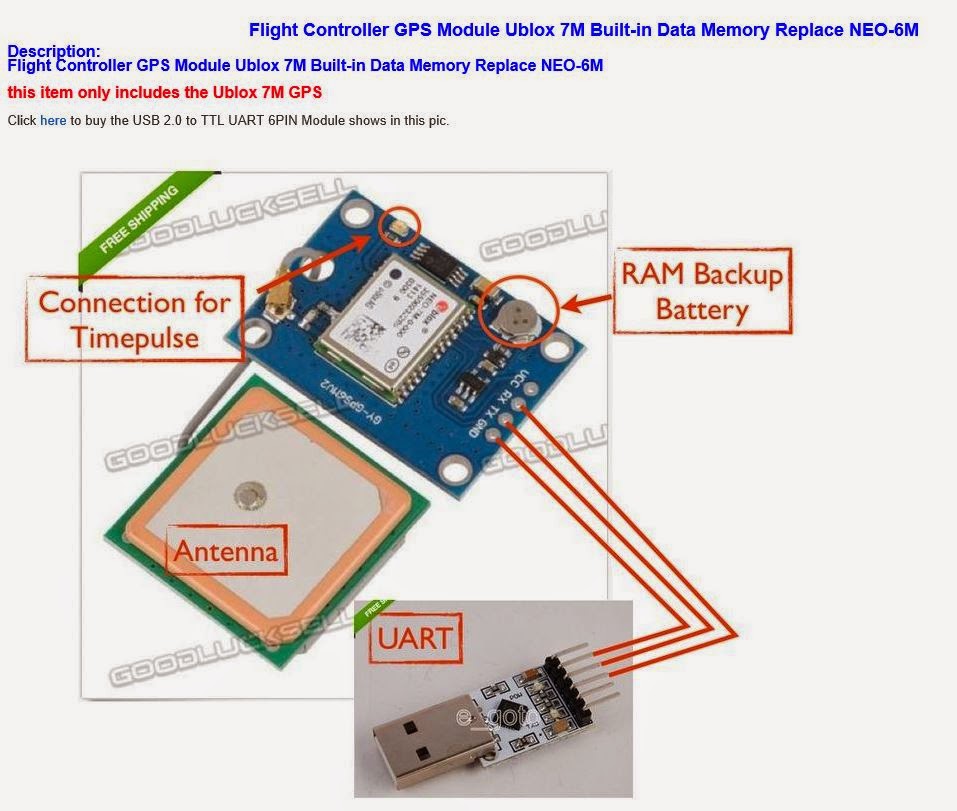Cheap GPS-disciplined 10 MHz oscillator- preliminary-updated
Cheap GPS-disciplined 10 MHz oscillator- updated 5/10/2014
This post is for a cheap GPS-disciplined 10 MHz oscillator. It is a work in progress, while the links are still active; life is a work in progress...
I had earlier set up a Trimble reference, but they are a bit stone-age , but work well! http://vk4zxi.blogspot.com.au/2014/02/gps-disciplined-clockoscillator.html. Modern Trimble gear is too expensive for my purposes.
I had earlier set up a Trimble reference, but they are a bit stone-age , but work well! http://vk4zxi.blogspot.com.au/2014/02/gps-disciplined-clockoscillator.html. Modern Trimble gear is too expensive for my purposes.
Update 5/10/2014:
- I have the device described here now and it works well, especially the little active antenna, I can get satellites though our tile roof.
- There is a temperature controlled crystal oven version available. It can access most other GPS satellite systems as well as the USA system. ($70) TXCO version: UBLOX NEO-M8N GPS GNSS receiver board with SMA: http://www.csgshop.com/product.php?id_product=170
- The datasheet for the NEO-M8N: http://www.u-blox.com/images/downloads/Product_Docs/NEO-M8_DataSheet_(UBX-13003366).pdf accuracy of time pulse ~30 ns
- An Australian amateur has devices to support a 10 MHz GPSDO: http://www.vk3xdk.net46.net/
- A 10 MHz buffer/distribution that works with square wave: http://www.vk3xdk.net46.net/1_34_10MHz-4-way-isolated-filterered-distribution-system.html. I have ordered one of these, just what I was looking for. Should get clean 10 MHz reference (phase noise??). I may run a filter between the two devices, just to clean the signal up a bit before it is buffered and properly filtered.
- A programmable PLL to generate required frequency, with 10 MHz reference input, for use as local oscillator: http://www.vk3xdk.net46.net/1_35_Agile-PLL-V2.html.
- The software from manufacturer http://www.u-blox.com/en/evaluation-tools-a-software/u-center/u-center.html has been updated but the configuration information from https://sites.google.com/site/g4zfqradio/u-blox_neo-6-7 is essentially the same.
Introduction
I first came across the idea from https://groups.yahoo.com/neo/groups/rtlsdr/conversations/topics/1254. I am not sure it can be accessed unless you belong to the Yahoo group. Edit: Via the sdr-radio-com group, a page on using the device: https://sites.google.com/site/g4zfqradio/u-blox_neo-6-7
Basically it uses three components, a GPS module, a USB interface for the module and the manufacturer's software to set it up:
- U-blox-NEO-7M-GPS-GNSS-Module: http://www.u-blox.com/en/gps-modules/pvt-modules/neo-7.html, http://www.ebay.com/itm/Ublox-NEO-7M-GPS-GNSS-Module-Built-in-Data-Memory-Replace-NEO-6M-/301199083821?pt=LH_DefaultDomain_0&hash=item4620dd492d. Uses crystal not TXCO, but maybe ok with GPS. Board is used for positioning R/C aircraft.
- Ublox software to control device: http://www.u-blox.com/en/evaluation-tools-a-software/u-center/u-center.html
The devices per the eBay seller's (goodlucksell) site (note: the four wires between the two devices are not direct and need to checked)
The software gives comprehensive GPS
data and mapping as well. Useful as GPS receiver alone, with a serial NMEA
stream. Interfaces with Google Earth.
The interface with no device connected:
GPS receiver details: http://www.u-blox.com/en/gps-modules/pvt-modules/neo-7.html
Manufacturer's software: http://www.u-blox.com/en/evaluation-tools-a-software/u-center/u-center.html
From the NEO-7M documentation, the device normally outputs a 1 pps
pulse (at the point shown in the screen snip), but can be programmed to output a harmonic-rich 10 MHz. Presumably once
programed, is standalone oscillator.
I have ordered the bits ($33 from
China) and had a quick look at the software and data sheets. All quite
neat, simple and cheap. The thing should be accurate enough for most purposes.
A lot simpler, cheaper and compact
compared to an old Trimble GPSDO, per my earlier post.
The only trouble is antenna needs to see the sky.
It may possible to use a different external antenna. The other way I was
thinking to get an inside GPS signal was to use an external GPS antenna and run
coax to a little dipole in the ceiling above where I wanted the signal. I haven't tried it, but it should work.
To be updated in a couple of weeks when the bits arrive.
Update (late September)
Bits still not here.
Spirited discussion on https://groups.yahoo.com/neo/groups/sdr-radio-com/conversations/topics/23602, mainly about merits of different frequency references.
A site that has already setup the board for 10 MHz reference: https://sites.google.com/site/g4zfqradio/u-blox_neo-6-7
There is a NEO evaluation board with the NEO-7N, with TXCO, SMA antenna connector and built-in USB port for ~$82. It has a point marked "time" in photo.
Serendipitously, there is an article in the latest issue (Sept-Oct) of the ARRL QEX (just arrived by post in Australia!) on the "Calibration and monitoring of frequency standards-Phase method". It makes for good reading for those interested in frequency references. It does stress the difficulty in measuring accuracy of references.
Table 2, p14 is relevant to this discussion:
Relative Accuracy of Various Frequency References
Reference Modification Accuracy Range
Crystal 1 to 100 ppm
Crystal TCXO ~ 0.1 ppm
Crystal Ovenized OXCO 0.001 - 0.1 ppm
Crystal Double Oven ~ 50 ppt (parts per trillion)
Crystal GPS supervised OXCO ~ 5 ppt
Rubidium ~ 50 ppt
Rubidium GPS supervised ~ 5 ppt
Cesium 0.01 to 0.1 ppt
Hydrogen Maser Passive 1 ppt
Hydrogen Maser Active 0.0007 ppt
ppt= parts per trillion, one part in 10(-12) = ns


This might have some helpful info:
ReplyDeletehttps://www.quora.com/What-is-the-most-cost-effective-accurate-GPSDO-open-source-way-or-project
Any updates on the progress regarding your work above? Great references too.
I appreciate your article. You truly share relevant and extraordinary knowledge. Thank you for keep sharing these valuable thoughts.
ReplyDeleteOSCILLATOR : 141AN : ALCATEL-LUCENT
PACK MICCD CKT
Network Supply : FILTER : 1040A : ALCATEL-LUCENT
Great post! GPS antennas are essential for accurate location tracking in many IoT applications. Their ability to provide precise positioning data is key for everything from navigation systems to location-based services. It's amazing to see how these small but powerful devices are enabling a wide range of technologies to become more efficient and reliable!
ReplyDeleterf antenna manufacturers
Find peace of mind with our GPS tracker for cars! Keep your vehicle safe and secure with real-time tracking and geofencing capabilities. Learn more now! For any query: Call us at 8800809593 | 8585977908.
ReplyDelete